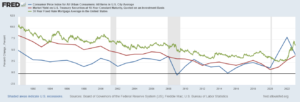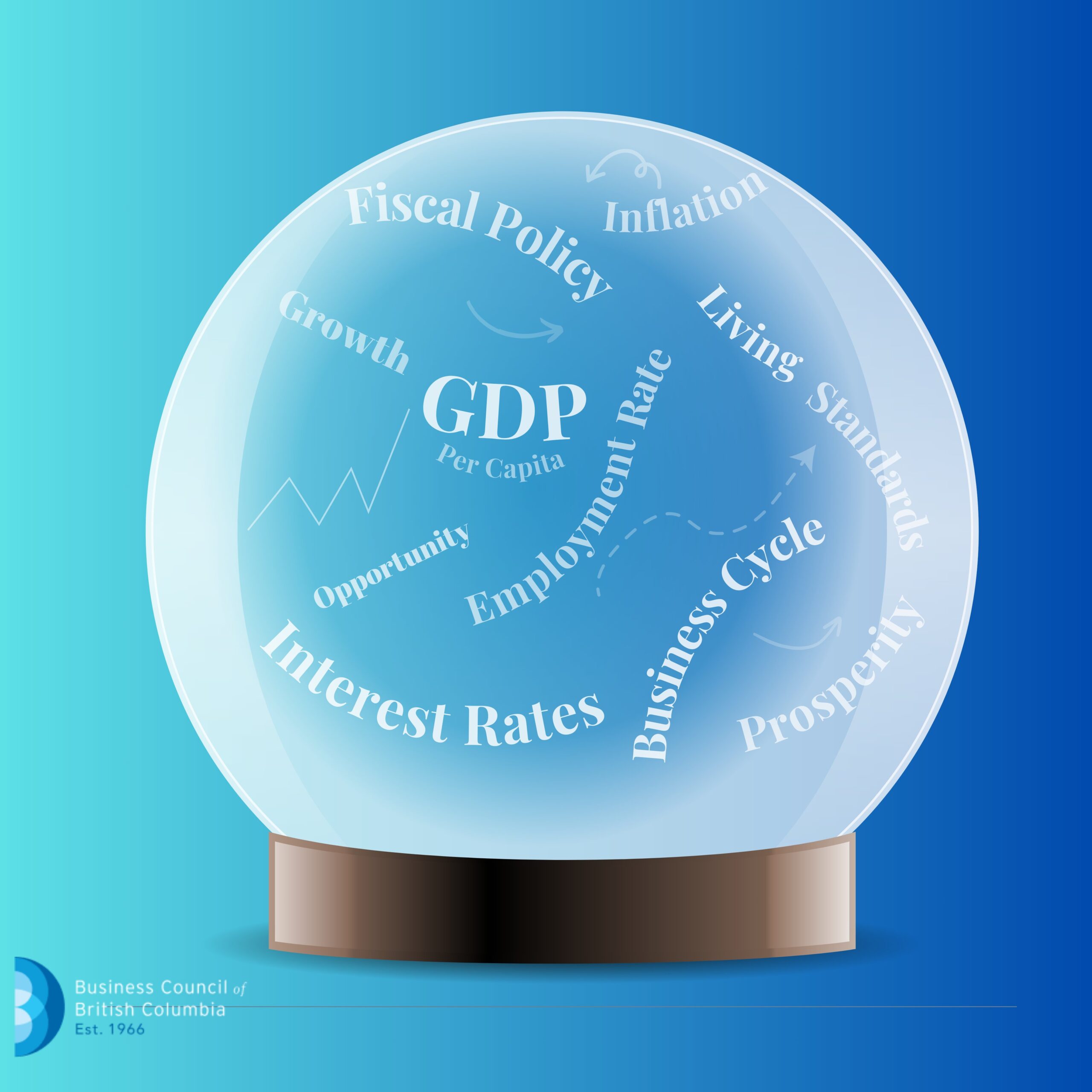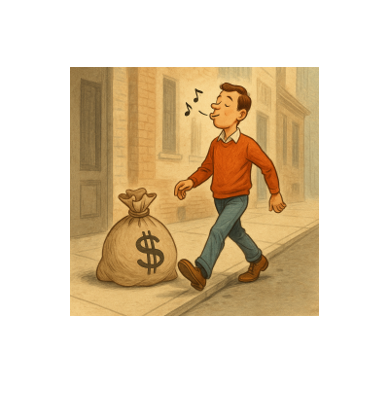“Interest rates are to the economy what gravity is to the physical world: they control everything.” Warren Buffett
While Wall Street obsessively scrutinizes the Federal Reserve’s speeches and statements for clues about future policy, it’s focus—the federal funds rate—is merely a short-term, interbank lending rate with little connection/correlation to long-term market rates, like the 30-year mortgage. This disconnect explains why mortgage rates surged 75 bps following the Fed’s ½% rate cut on September 18th.
To be clear, the fed funds rate is not market-driven; it’s contrived. Entirely made up by a group of central bankers, who believe they can manage the economy by way of monetary stimulus/restraint. This isn’t just arrogant; it’s stupid. Yes, interest rates are important, but when the Fed manipulates them, either below or above the neutral (market) rate, it always and everywhere leads to misallocations of capital and risk—as was evident after the housing bubble collapse. The Fed’s quantitative easing scheme pushed long-term interest rates below the rate of inflation, which simultaneously led to a feeding frenzy in the housing market, and sent prices to the moon.
If not the Fed, what then drives fixed mortgage rates? In a nutshell, the 10-year Treasury note. While the Fed’s policies influence short-term interest rates, the 10-year Treasury yield better reflects long-term market expectations, including economic growth and inflation. Why does this matter? Mortgages are inherently long-term commitments, and lenders use the 10-year Treasury as a benchmark for pricing mortgages due to its stability and duration alignment.

Federal Reserve St. Louis
As this chart illustrates, historically the spread between the 10-year Treasury and the 30-year mortgage has generally been between 1 ½ and 2%. However, post COVID the spread widened … a lot! Last November the spread widened to over 3%. The mortgage market received a double whammy; the benchmark Treasury more than doubled from its five-year average, and the spread widened by a point. Hence, a $350,000 mortgage payment went from $1,671 in 2019 to $2,371 today, or 42% higher. Is it any wonder buyers are experiencing sticker shock?
If mortgage rates are correlated with the 10-year Treasury, what determines Treasury yields? The primary driver is inflation. A rational investor demands a real return, or a yield higher than the rate of inflation. The previous chart depicts a fairly constant spread of roughly 2% between the Consumer Price Index and the 10-year note—that is until 2008, when Ben Bernanke and the Fed “came to the rescue,” with QE, which at times drove the 10-year Treasury below the rate of inflation. This isn’t just abnormal; it’s a glaring symptom that something is seriously wrong. Normal market spreads were obliterated after 2008, and went off the rails post-COVID due to massive fiscal and monetary “medicine.” Yet well over a decade later, we’re still grappling with theunintended consequences of shortsighted policy cures.
Where do rates go from here? Several factors influence the 10-year Treasury yield, including:
- Inflation expectations–general price level increases
- Economic growth–growth in output/GDP
- Federal Reserve policy–specifically, interest rates and money supply
- Fiscal policy–Federal tax and spend policies
- Global markets–international trade, geopolitical events, and foreign central bank policies
While forecasting interest rates remains a daunting challenge, markets tend to be rational and efficient, and the astute observer knows where to look. Historically, mortgage rates run about 2% above the 10-year Treasury, and the benchmark Treasury runs about 2% above the CPI. Logic dictates that if we can discern the rate of inflation over the next decade, we can estimate the 30-year mortgage rate. How do we do that? By looking at a little-known data point known as the Breakeven Inflation Rate—the spread between the 10-year Treasury note and the 10-year Treasury TIP, or inflation protected security.
Currently the BE rate is 2.3%, which reflects the market’s expectation of inflation over the coming decade. Based on historical spreads, one might estimate that the 10-year Treasury will average 4.3% over the coming decade and, thus, the 30-year mortgage 6.3%; 2.3% + 2% + 2%.
Forecasting interest rates is far from an exact science. Yet, markets often reflect collective wisdom and rational expectations. By focusing on key indicators—such as inflation expectations and historical spreads—while filtering out the noise, one can gain valuable insights into the future trajectory of interest rates. Understanding these dynamics won’t provide a crystal-clear answer, but it equips us with the tools to make more informed assessments in an ever-changing economic landscape.
Mark Lazar, MBA
CERTIFIED FINANCIAL PLANNER™
wasatchfinance.com









